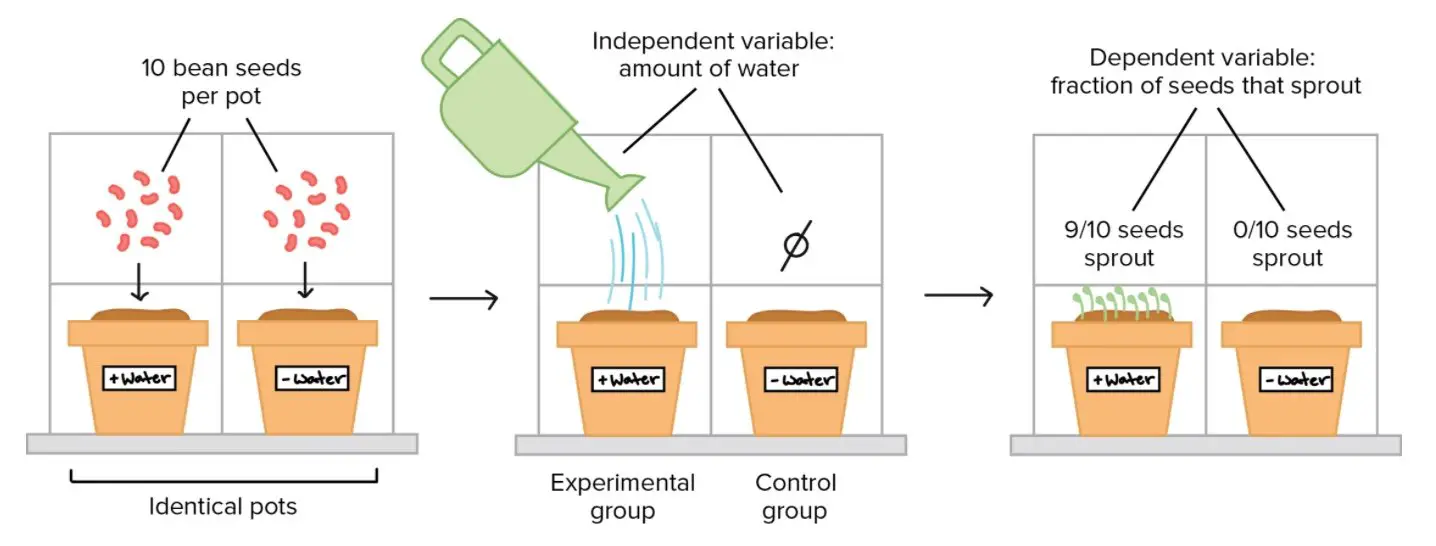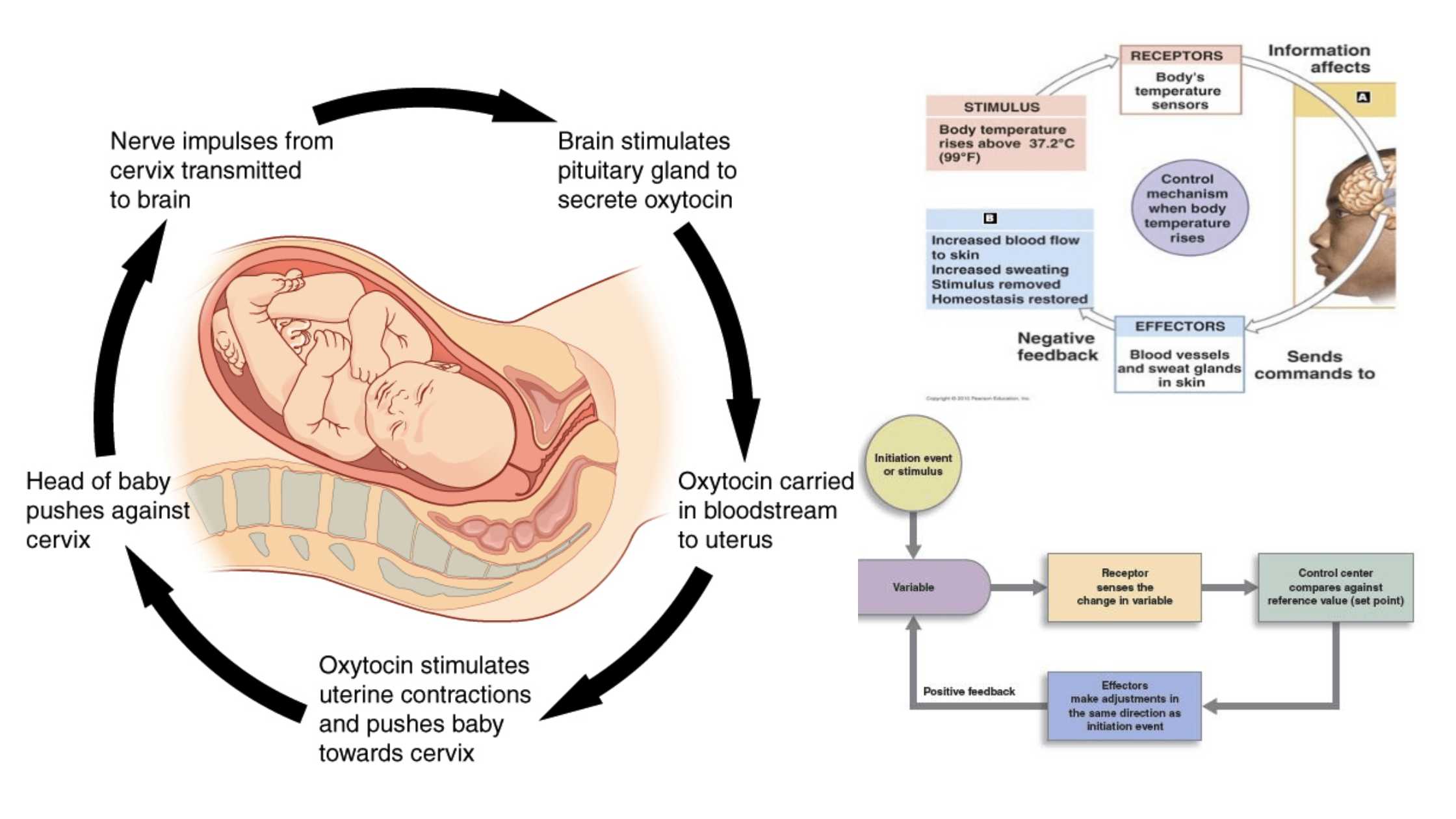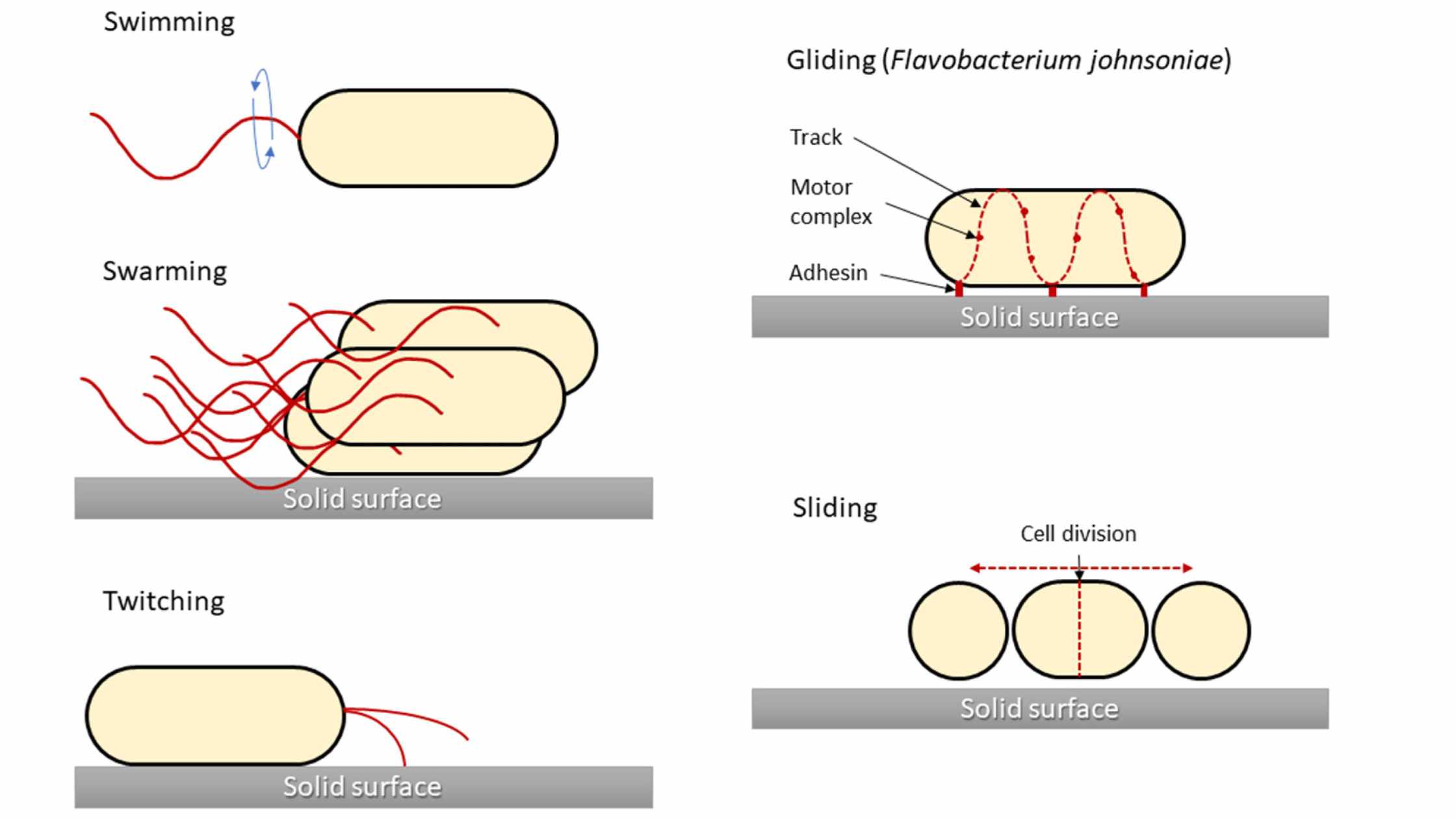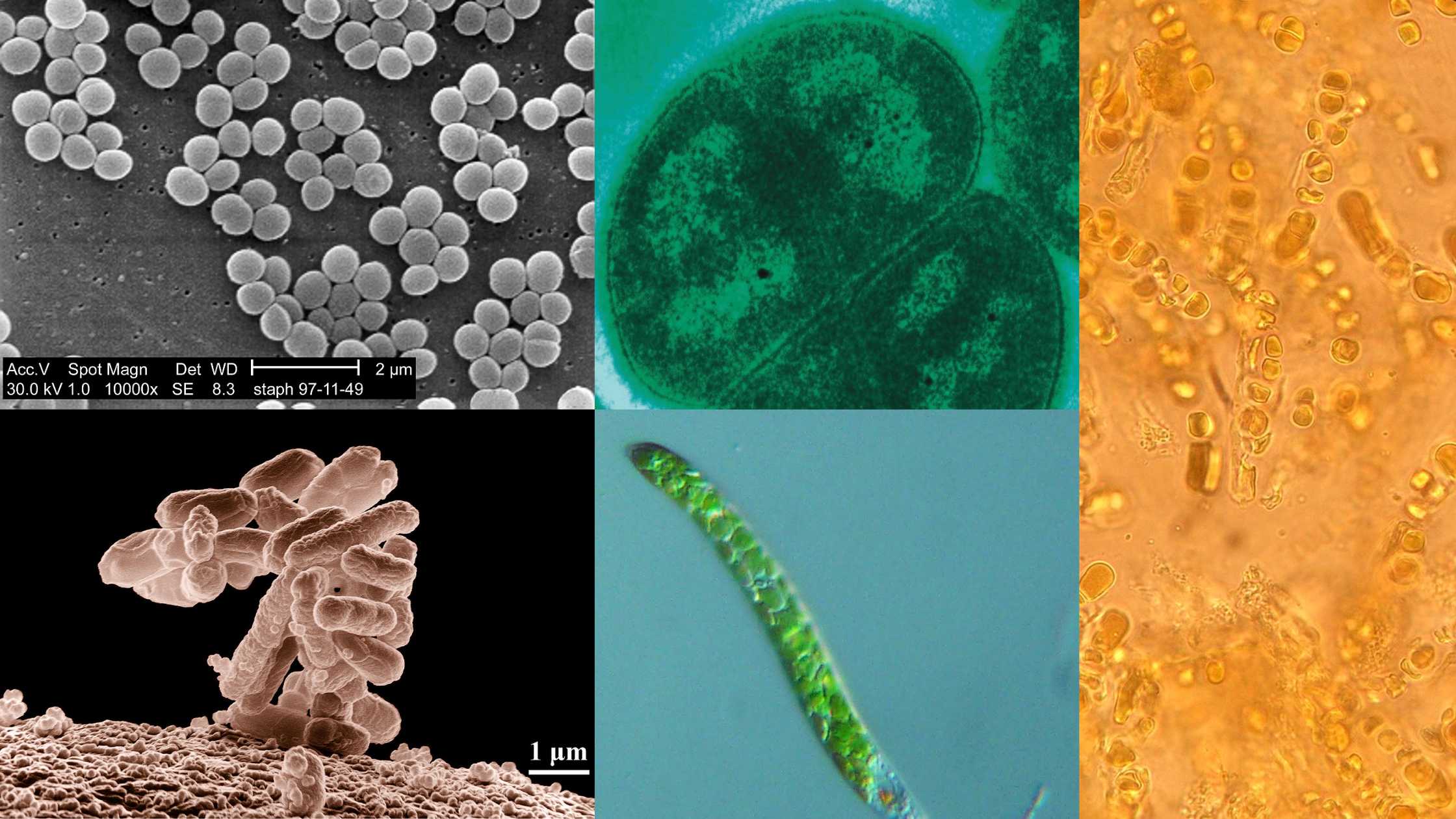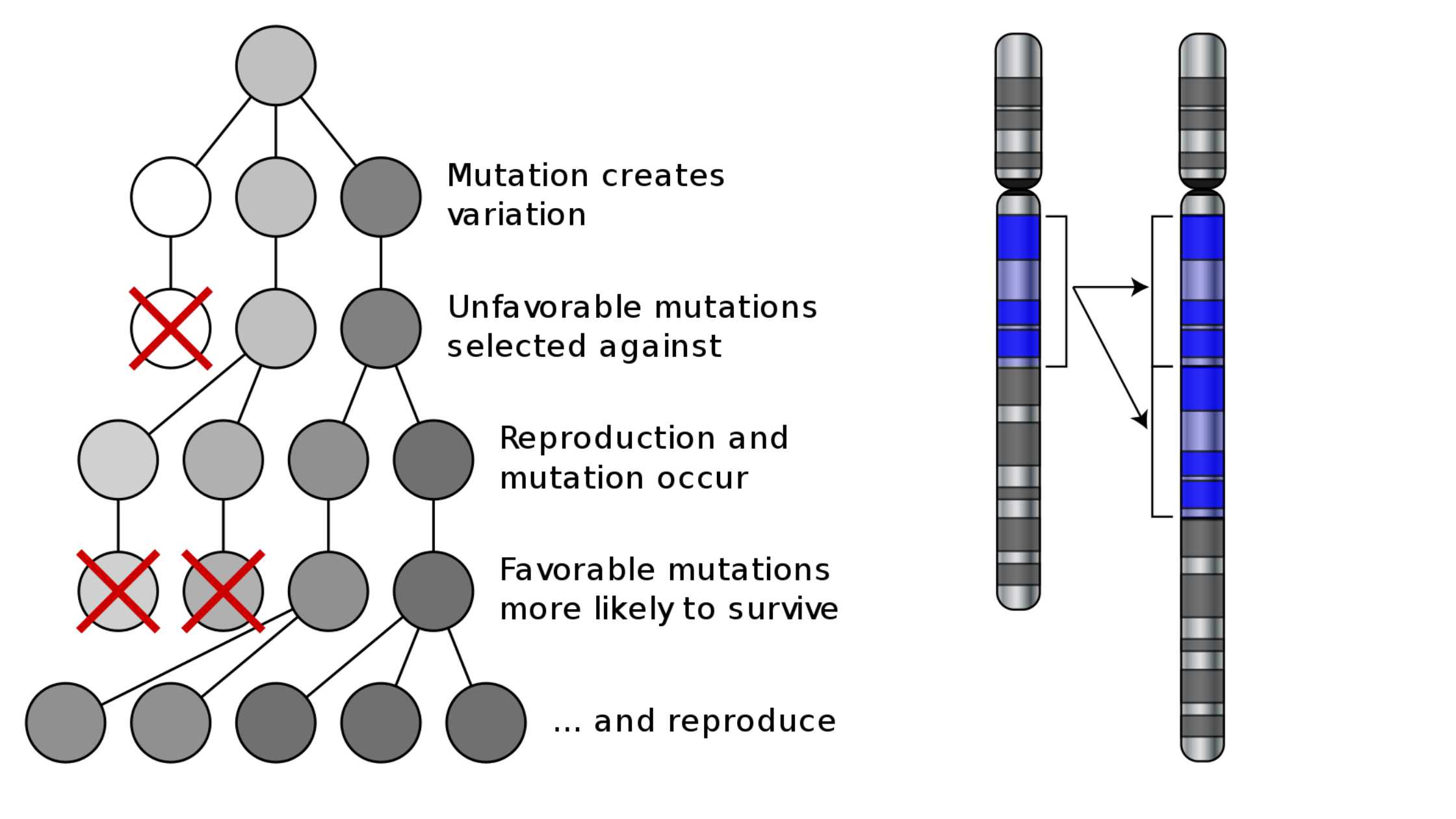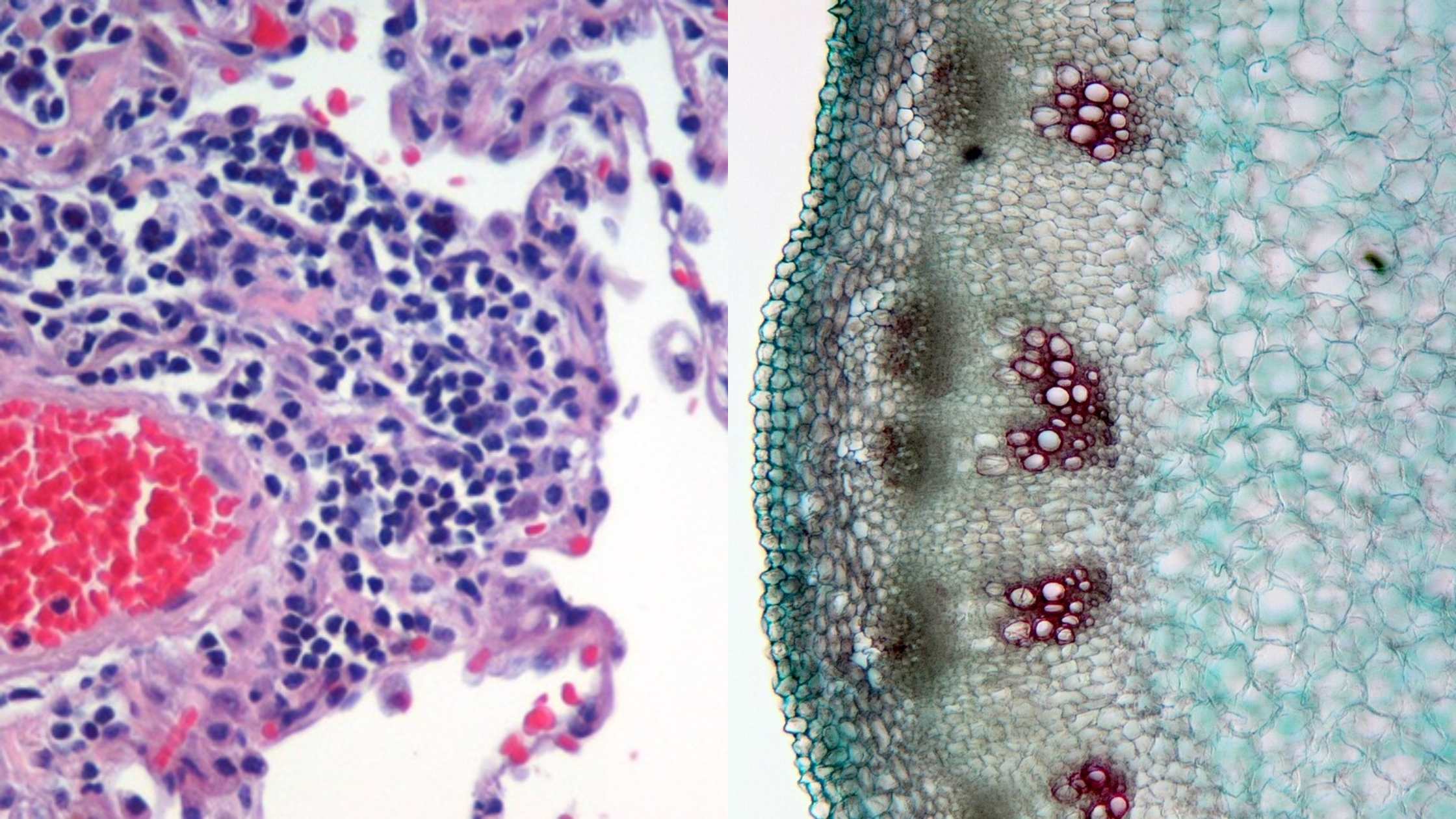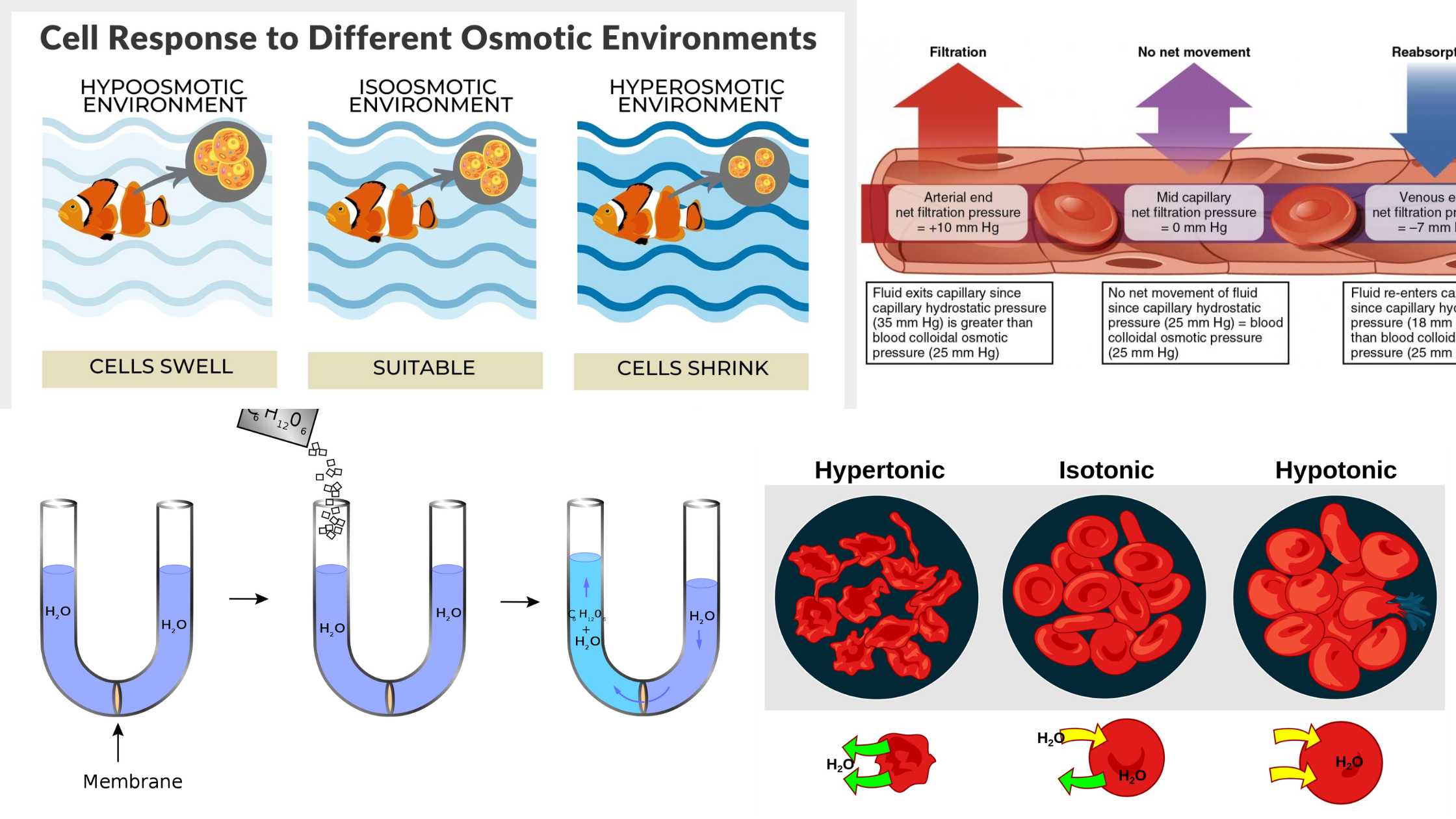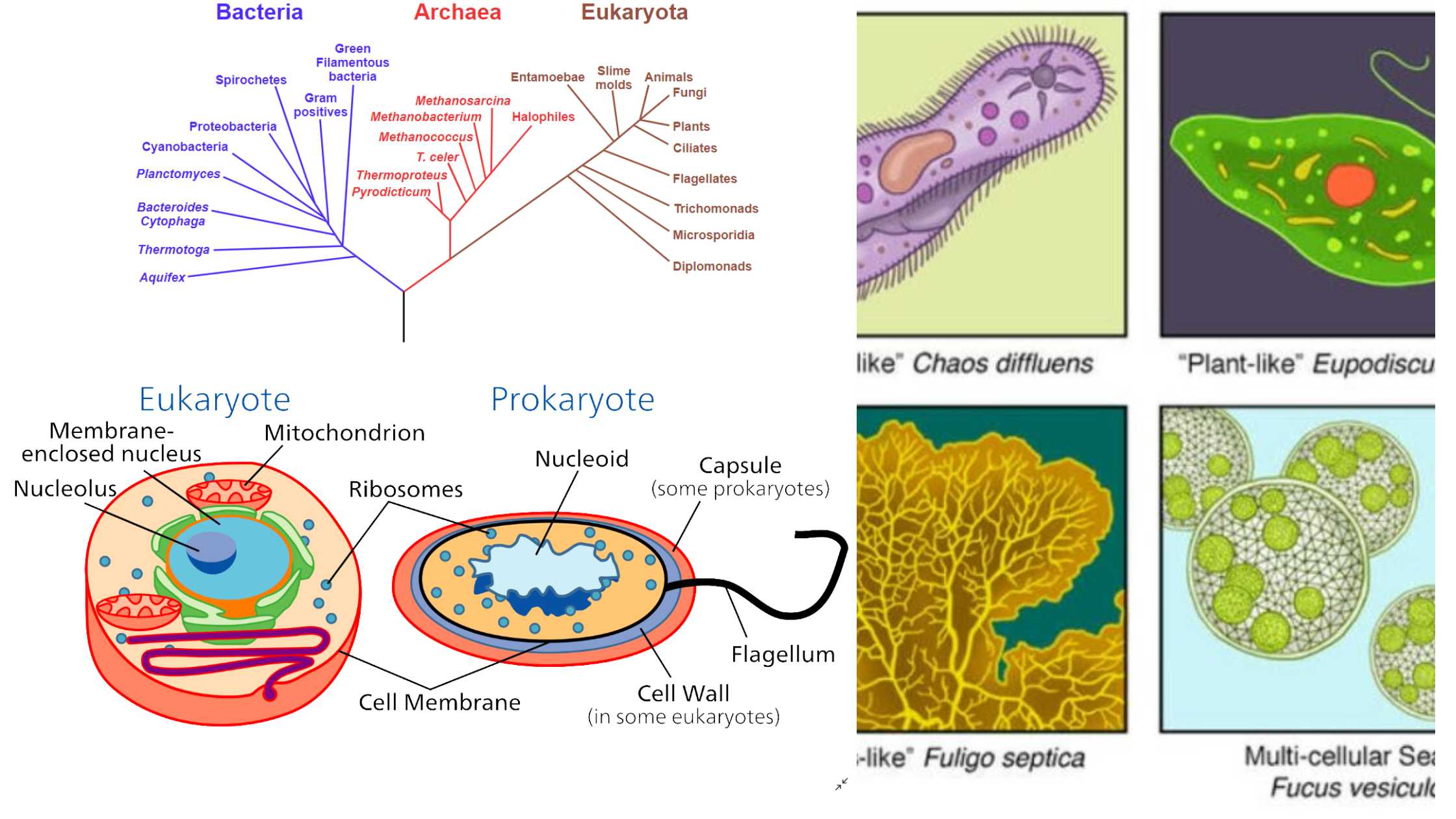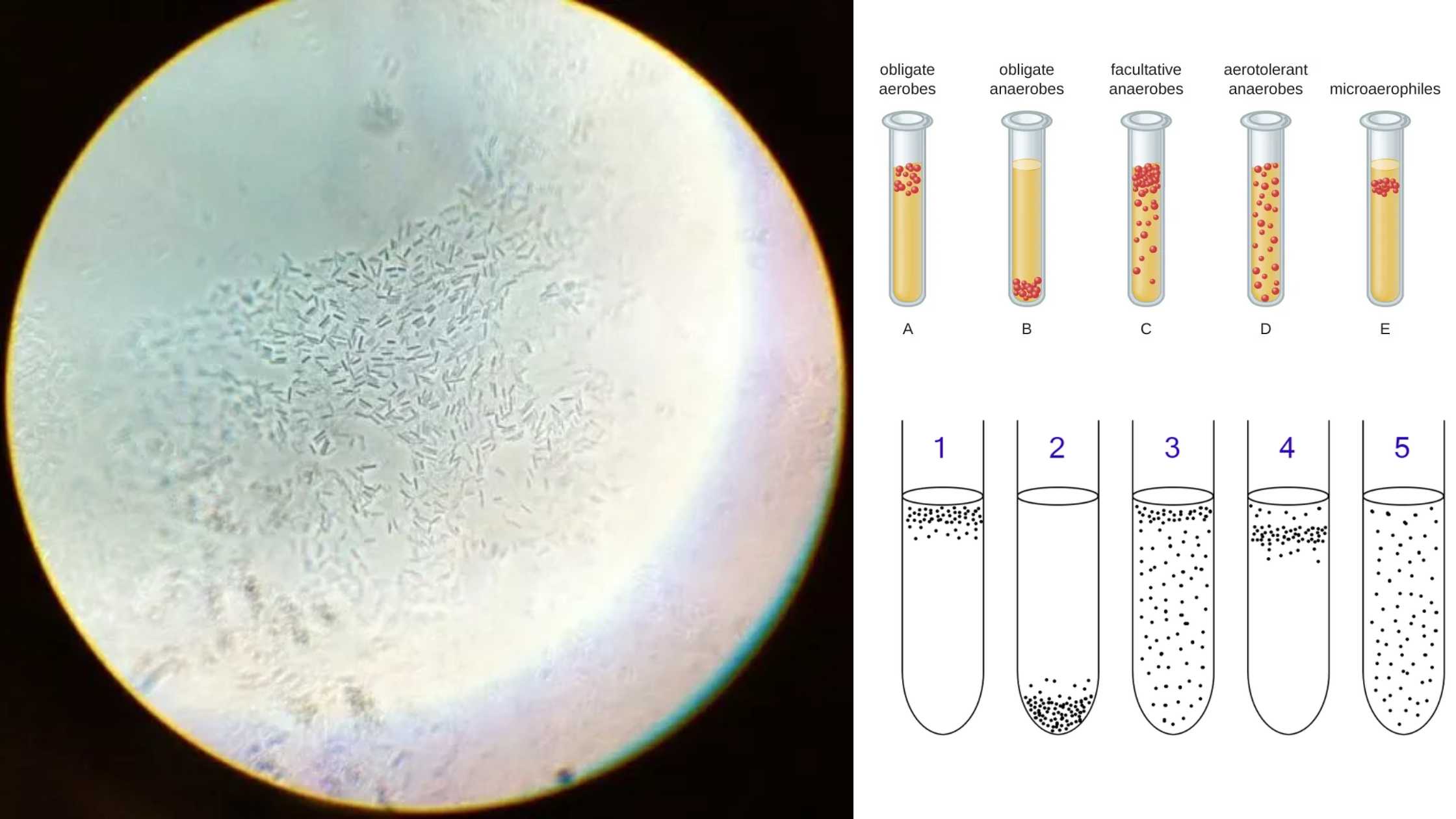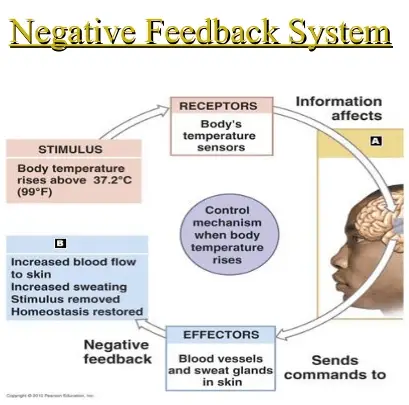Controlled Experiment – Definition, Process, Importance, Examples
What is Controlled Experiment? Definition of Controlled Experiment A controlled experiment is a scientific investigation in which a researcher deliberately manipulates a specific variable, while keeping all other variables constant, to determine its effect on a system under study. How Does Controlled Experiment Works? A controlled experiment works by systematically testing a hypothesis through the … Read more
